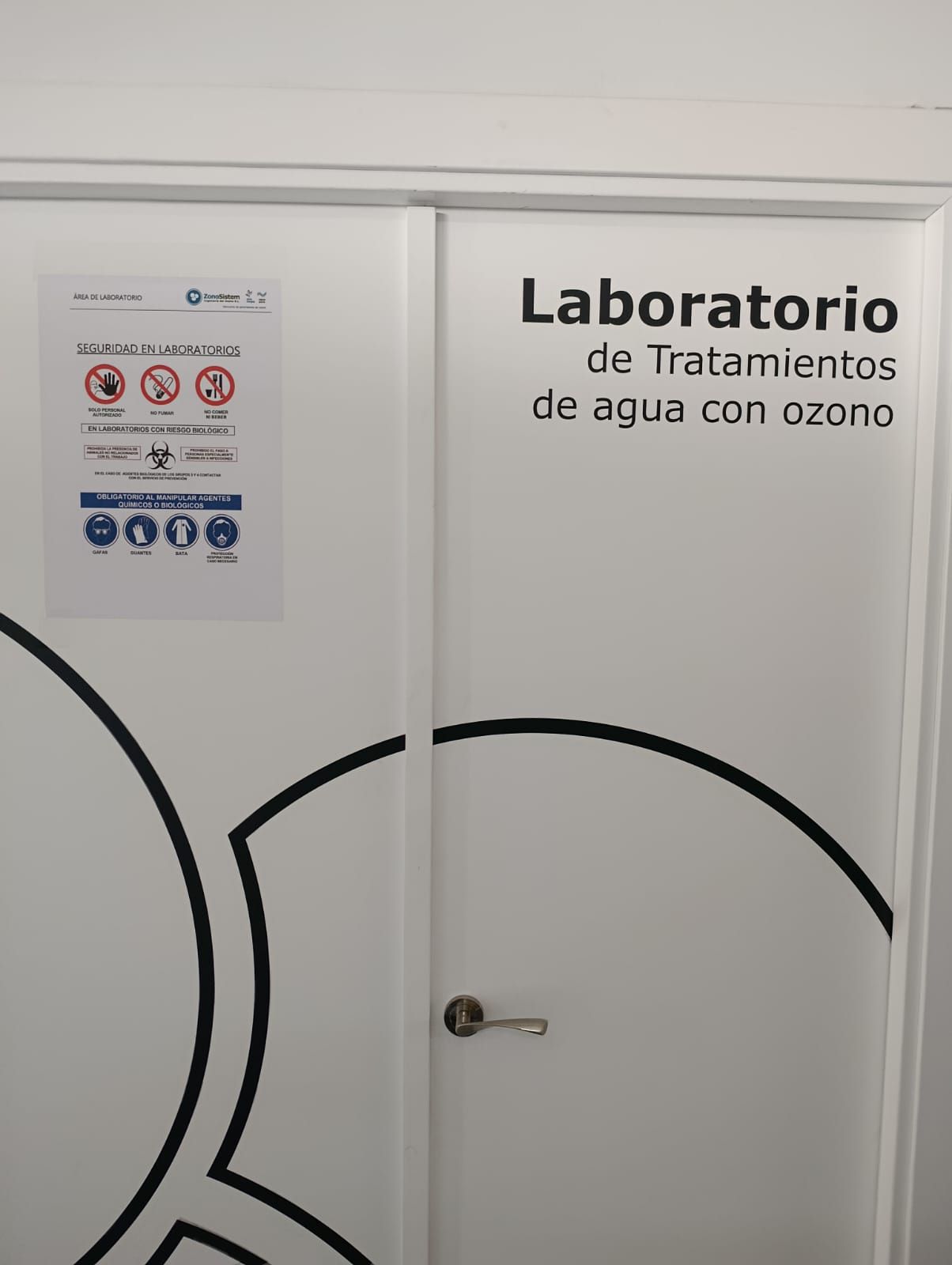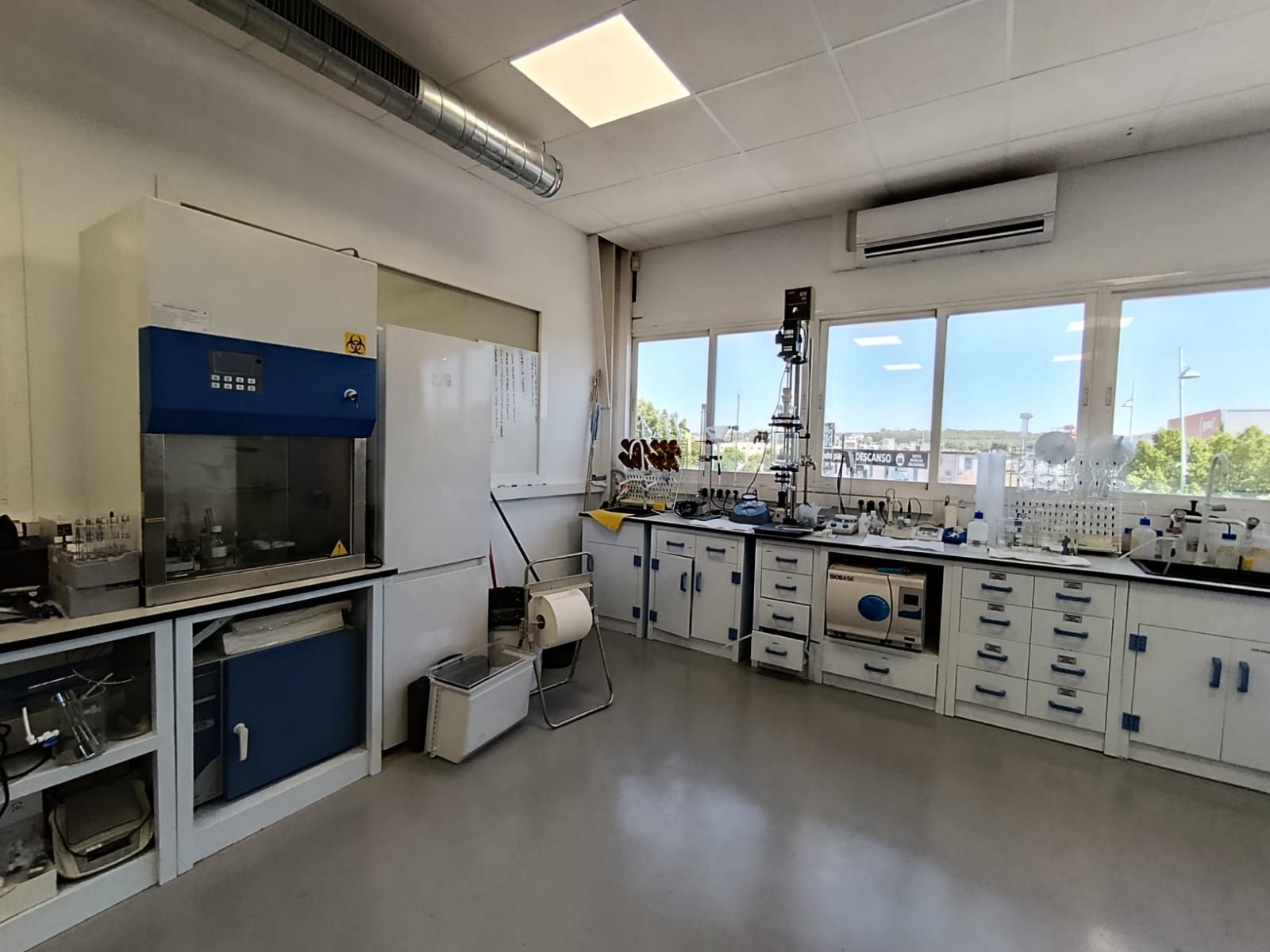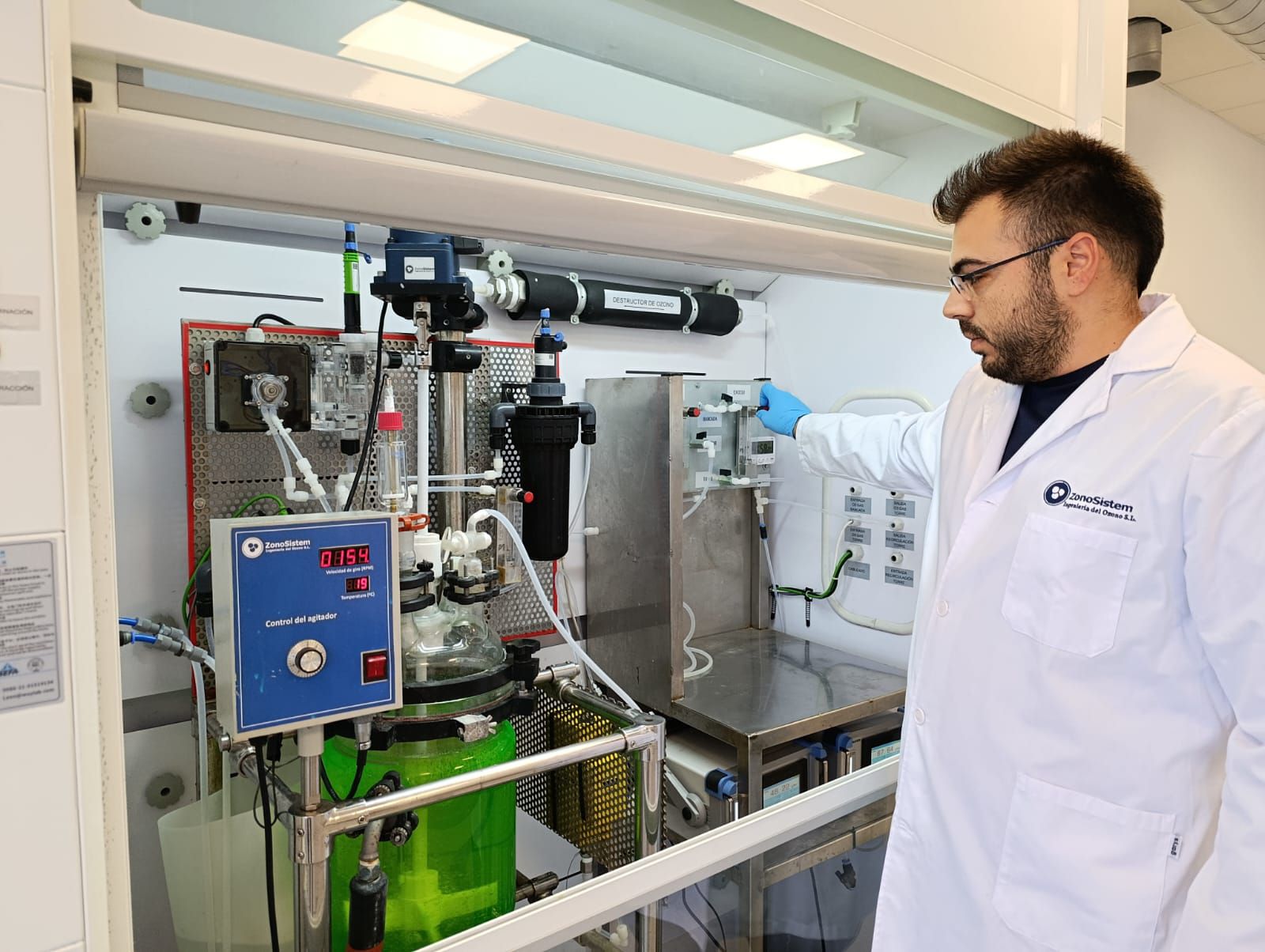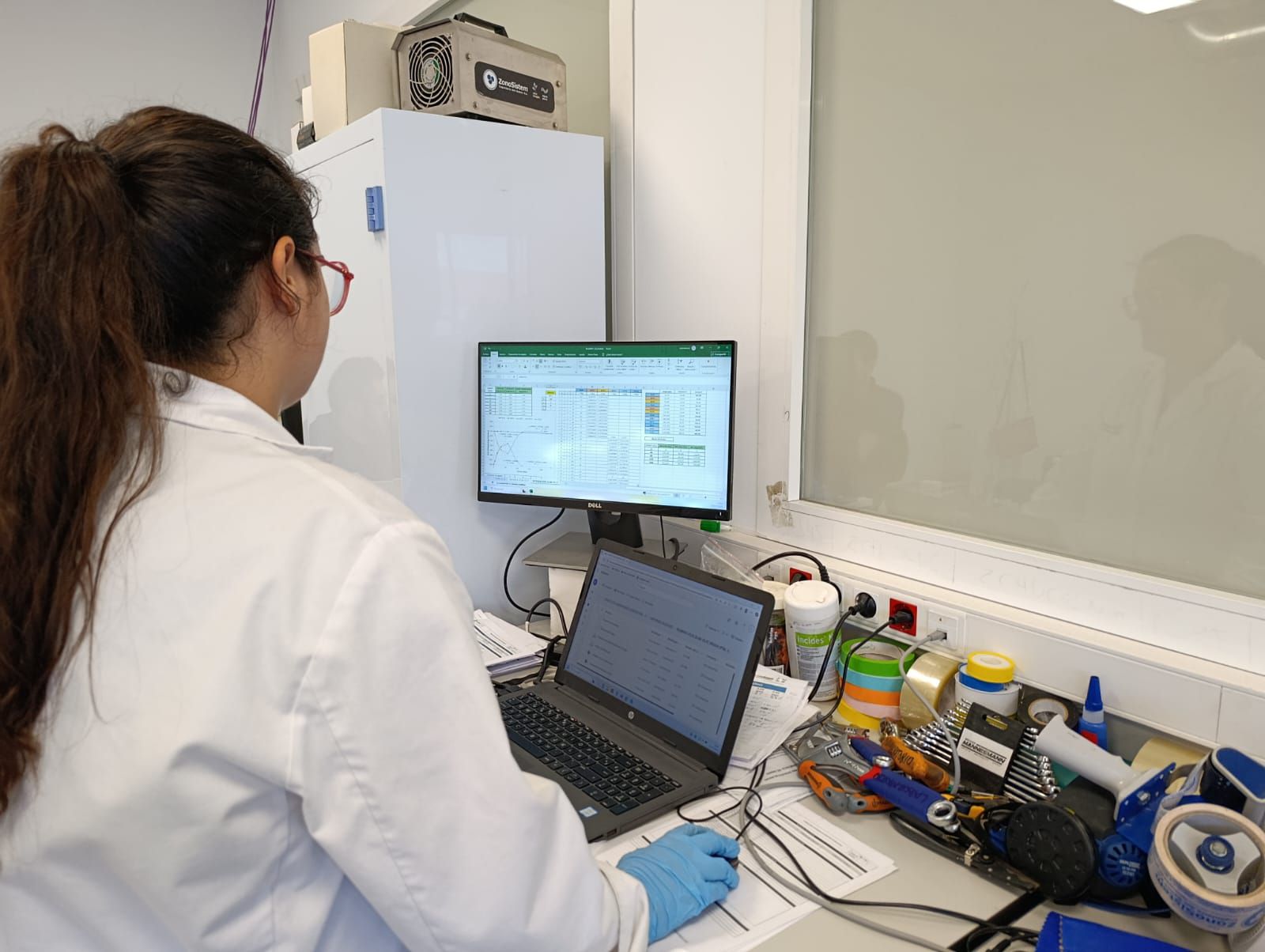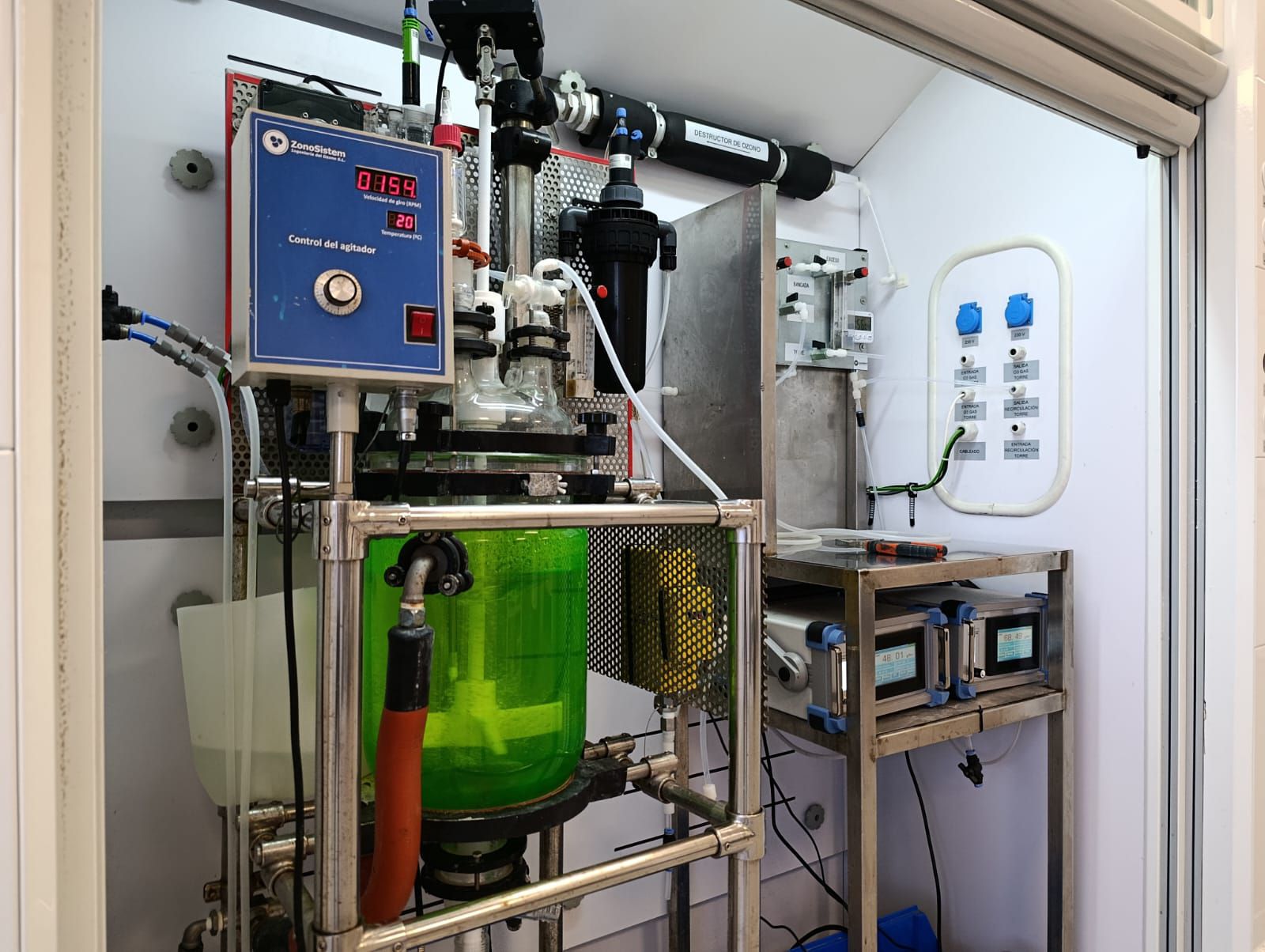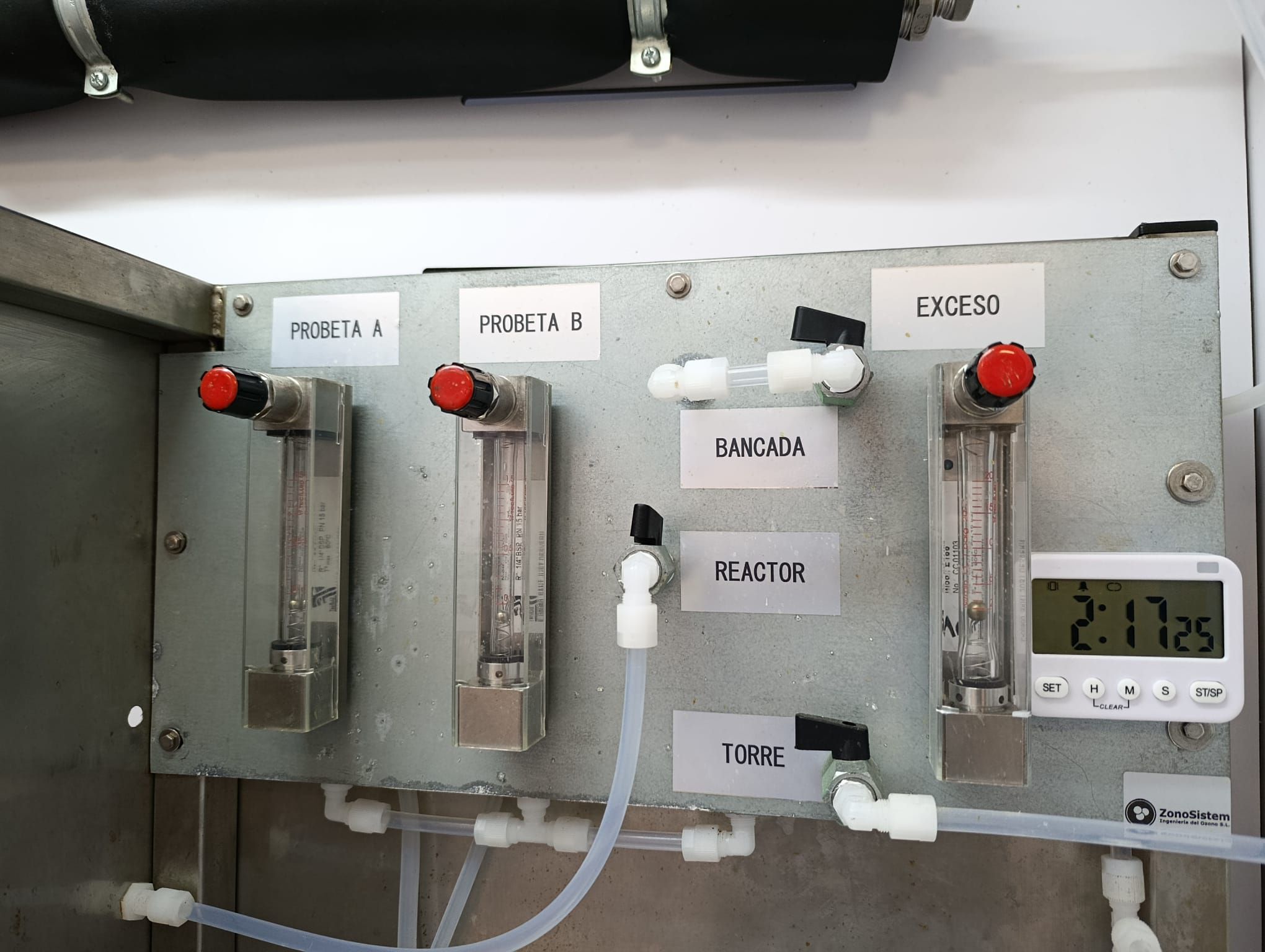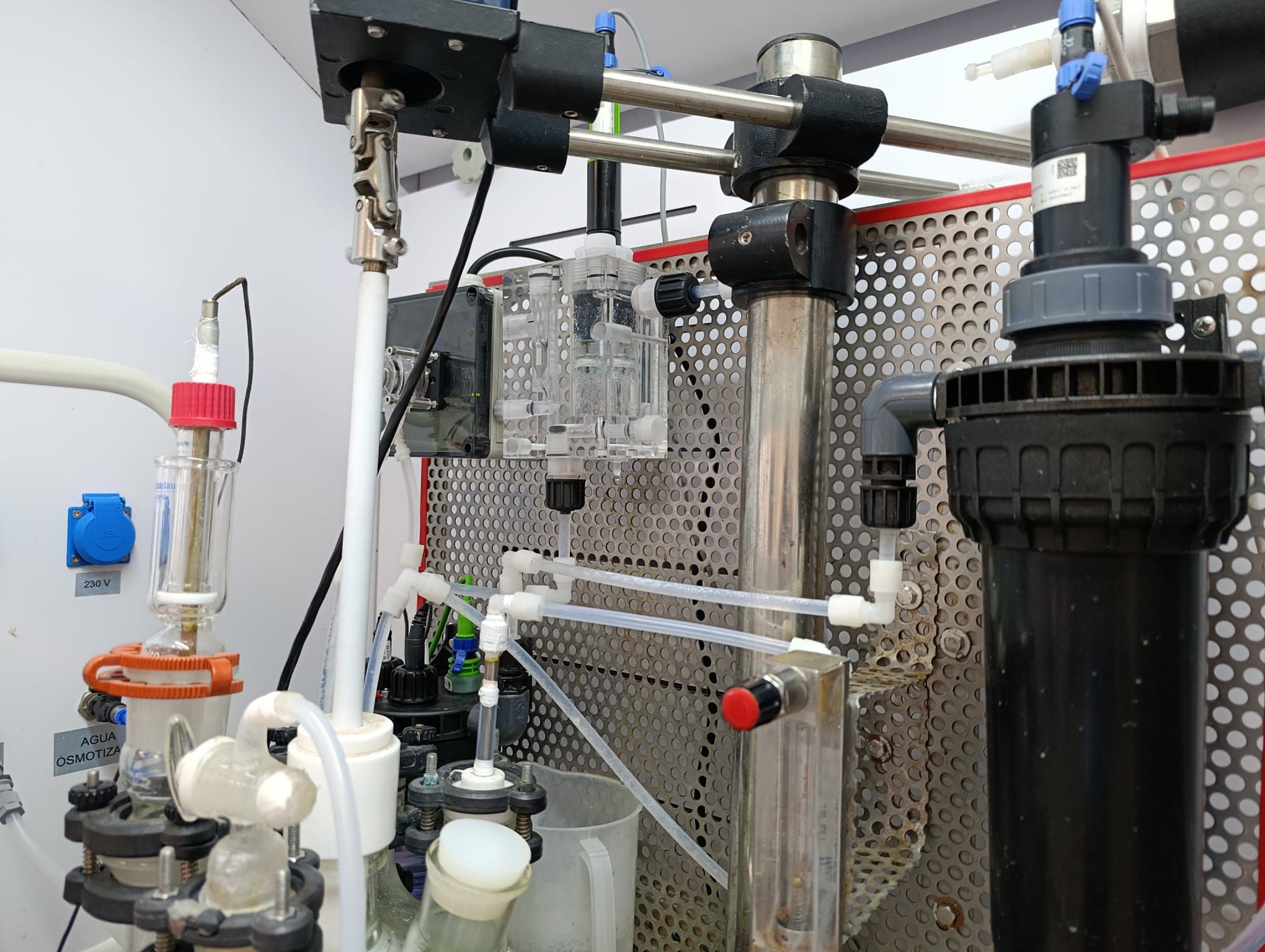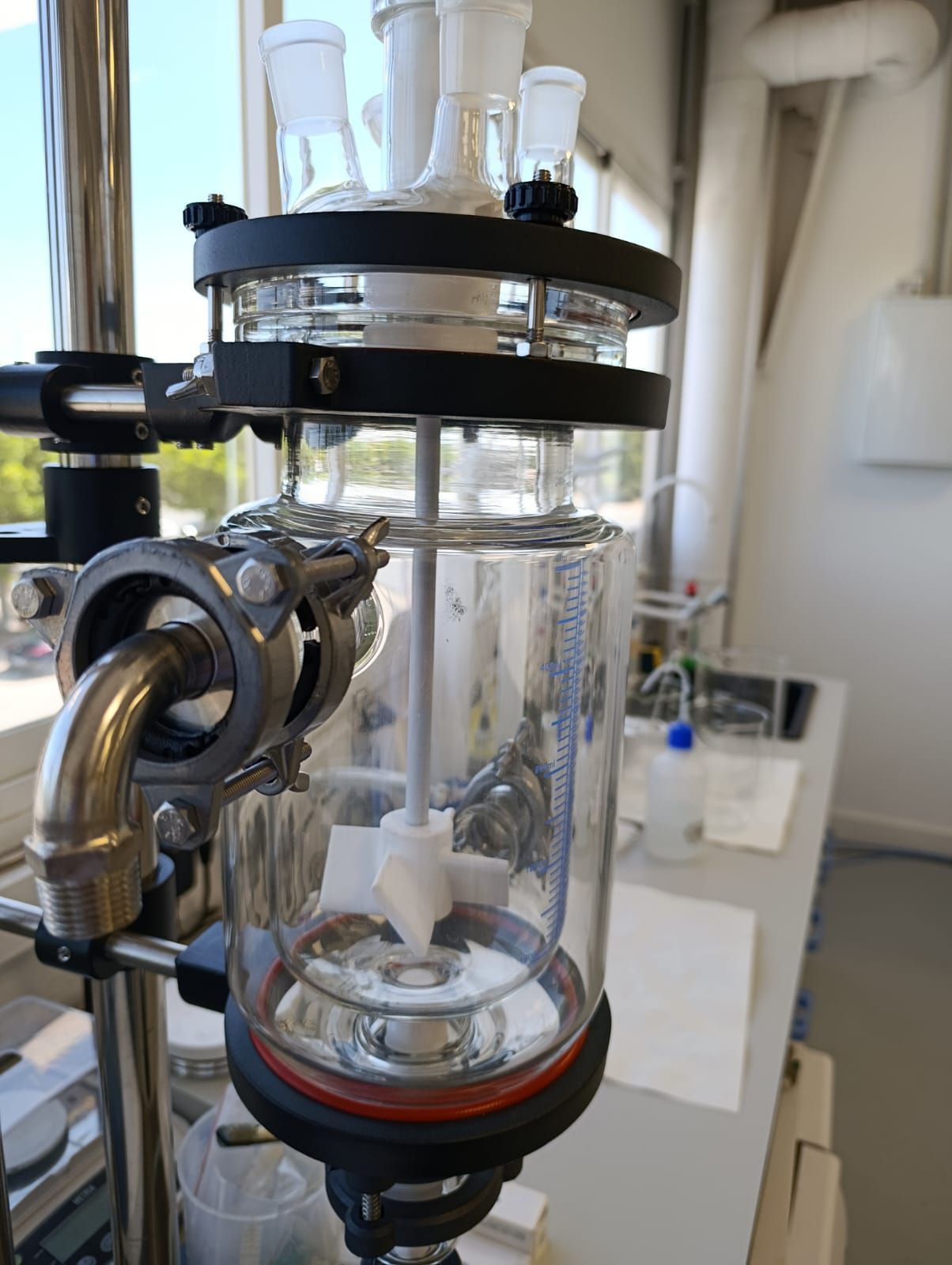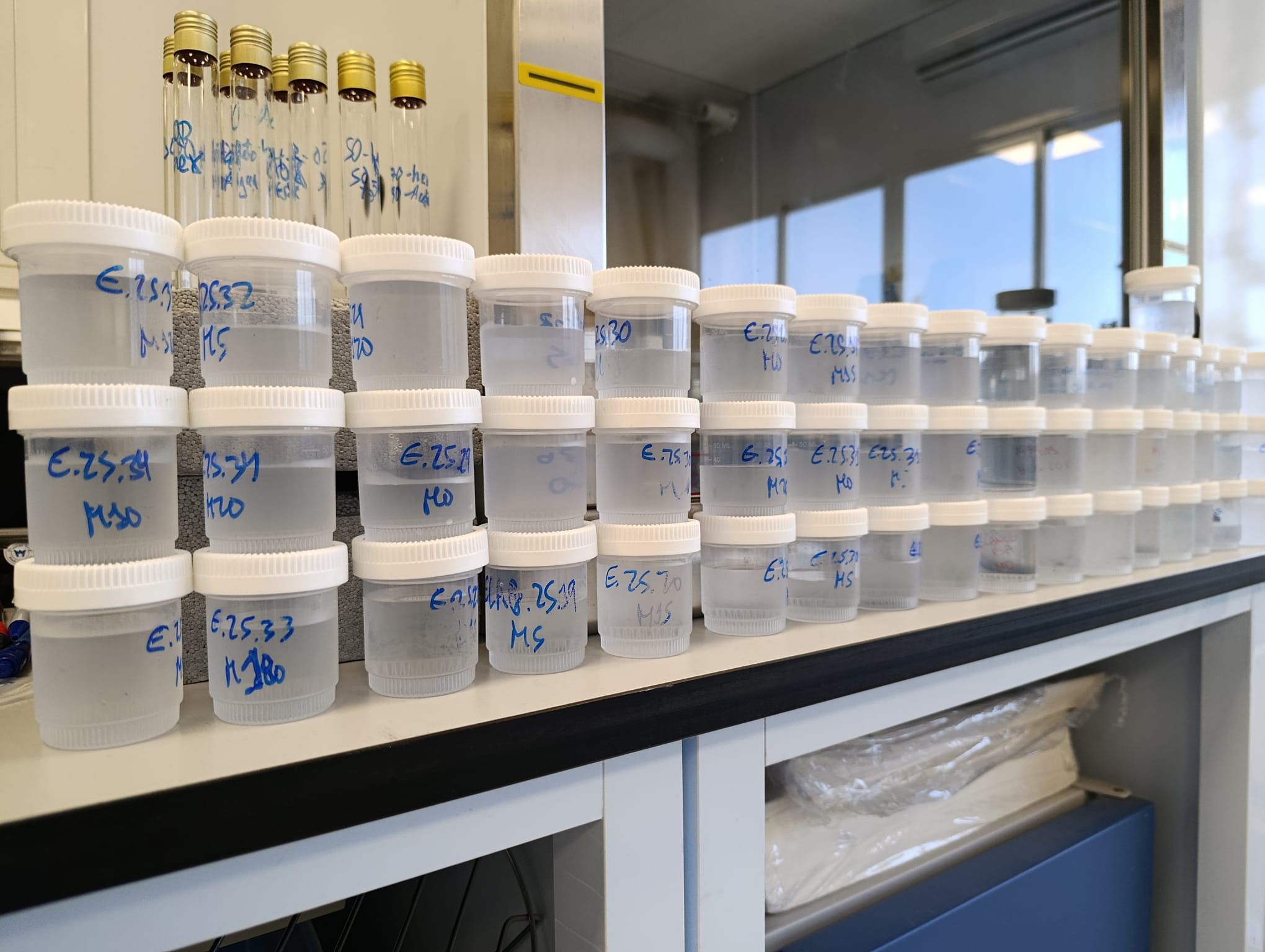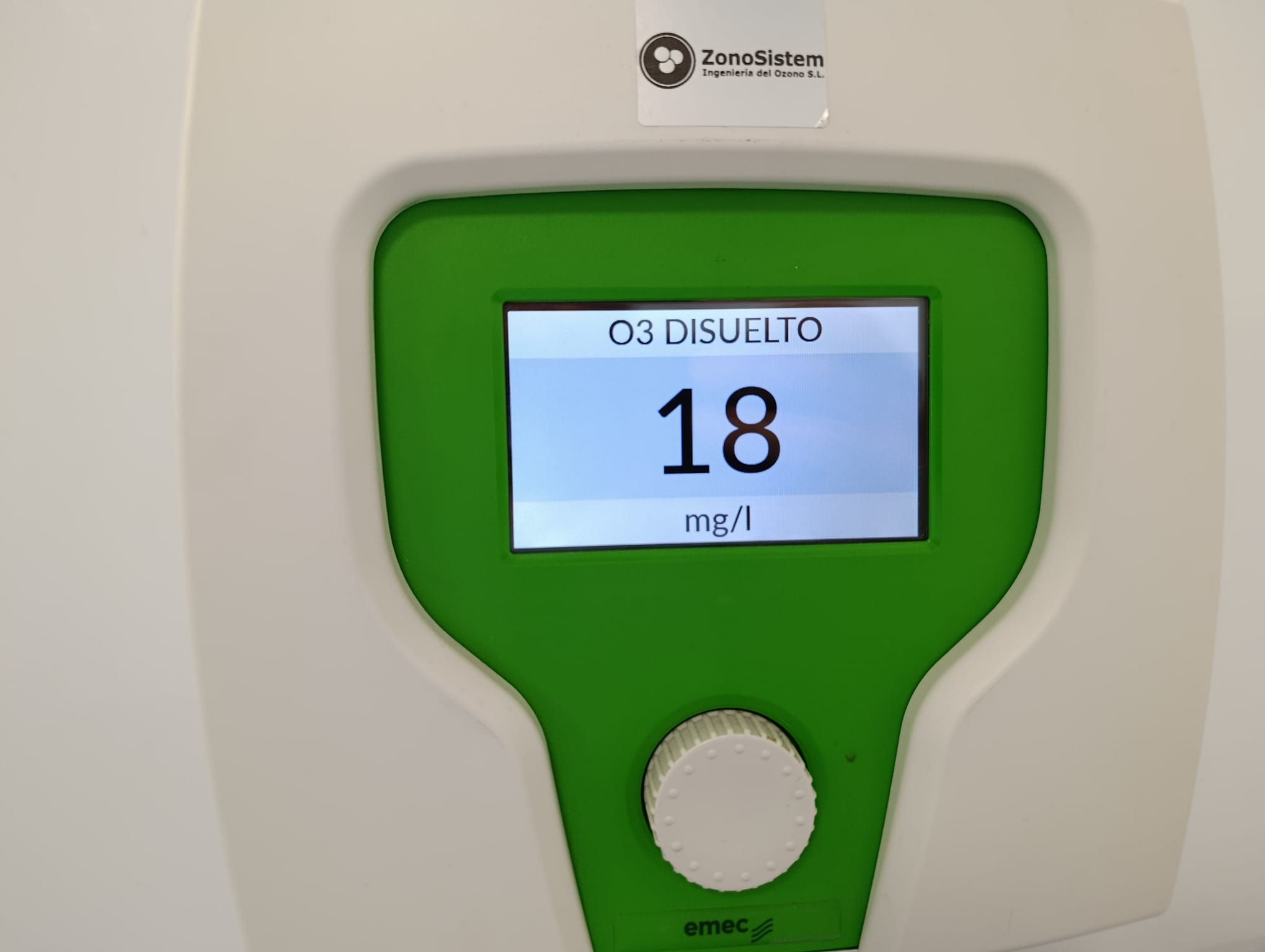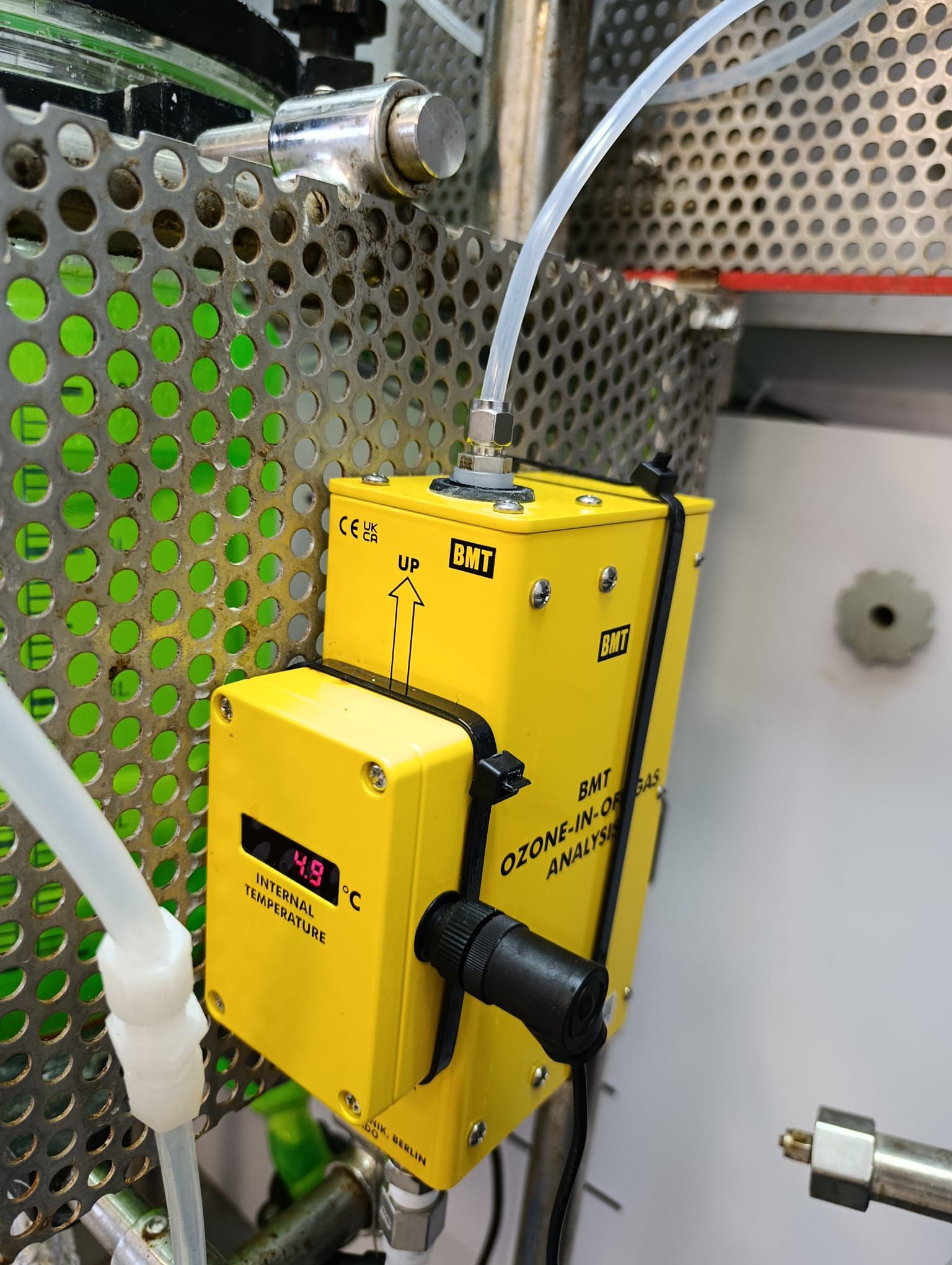Test with ozone
Size your project

Laboratory area
A laboratory pilot with ozone serves to evaluate the effectiveness and feasibility of an ozonation process under controlled conditions. These types of tests are performed in a laboratory environment, using small-scale ozone equipment.Pilots for water treatment with ozone are an essential tool to guarantee the quality of the treated water. These pilots allow the effectiveness of the treatment to be evaluated under controlled conditions, which is essential for the success of a water treatment project.
Identify the optimal parameters for the implementation of this technology in your industry
Avoid the use of chemicals and reduce your handling costs
Ozone is generated on-site; there is no need to store or transport chemicals.
Prevent discharges, unnecessary risks, and protect the environment
The system is automated and does not require labor for its application
Problems disinfecting and purifying the water in your industry?
Advantages of conducting studies prior to implementing an ozone system
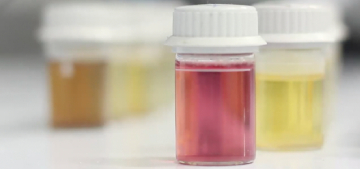.jpg)
Efficiency of the ozonation process under controlled conditions
Definition of piloting objectives. The objectives of the piloting must be defined, such as the effectiveness of the process, the economic viability or the safety of the process. Complete pilot report is delivered
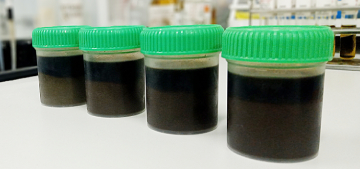
Identify the optimal operating parameters of the process
ZonoSistem also applies ISO quality standards in its ozone water piloting laboratory. Ozone equipment must be selected that is suitable for the pilot's conditions.
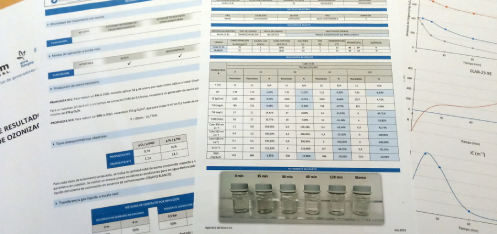
They allow data to be collected to carry out economic feasibility studies
Analysis of the results: The results of the pilot must be analyzed to evaluate the effectiveness of the process. The report issuance period is 7-15 calendar days from receipt of the sample.
What types of piloting exist?
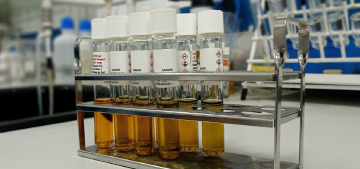
Test Level 0: Susceptibility
Level 0 piloting is the most basic. It is used to check the effectiveness of the treatment in a single parameter. This type of piloting is useful to evaluate the viability of a treatment in a specific case.
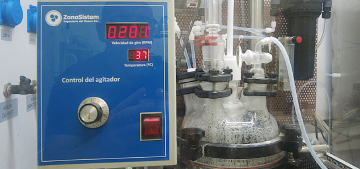
Test Level 1: Treatability
Level 1 Pilot Test is more complete than Level 0. A series of standard parameters are analyzed, and samples are taken at different time intervals. This type of pilot test allows evaluating the treatment's effectiveness under more realistic conditions and estimating ozone demand. The test is conducted in a 10-liter reactor.
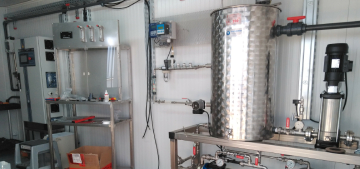
Level 2 Pilot Test: Precision
Level 2 pilot testing is characterized by the large volume of test water, using a 1,000-liter reactor. It also employs a more efficient ozone injection and dissolution technique, such as pressurized recirculation. The ozone generator used reaches concentrations of up to 150 g O₃/Nm³.
Example of Level 1 Pilot Test Results Report
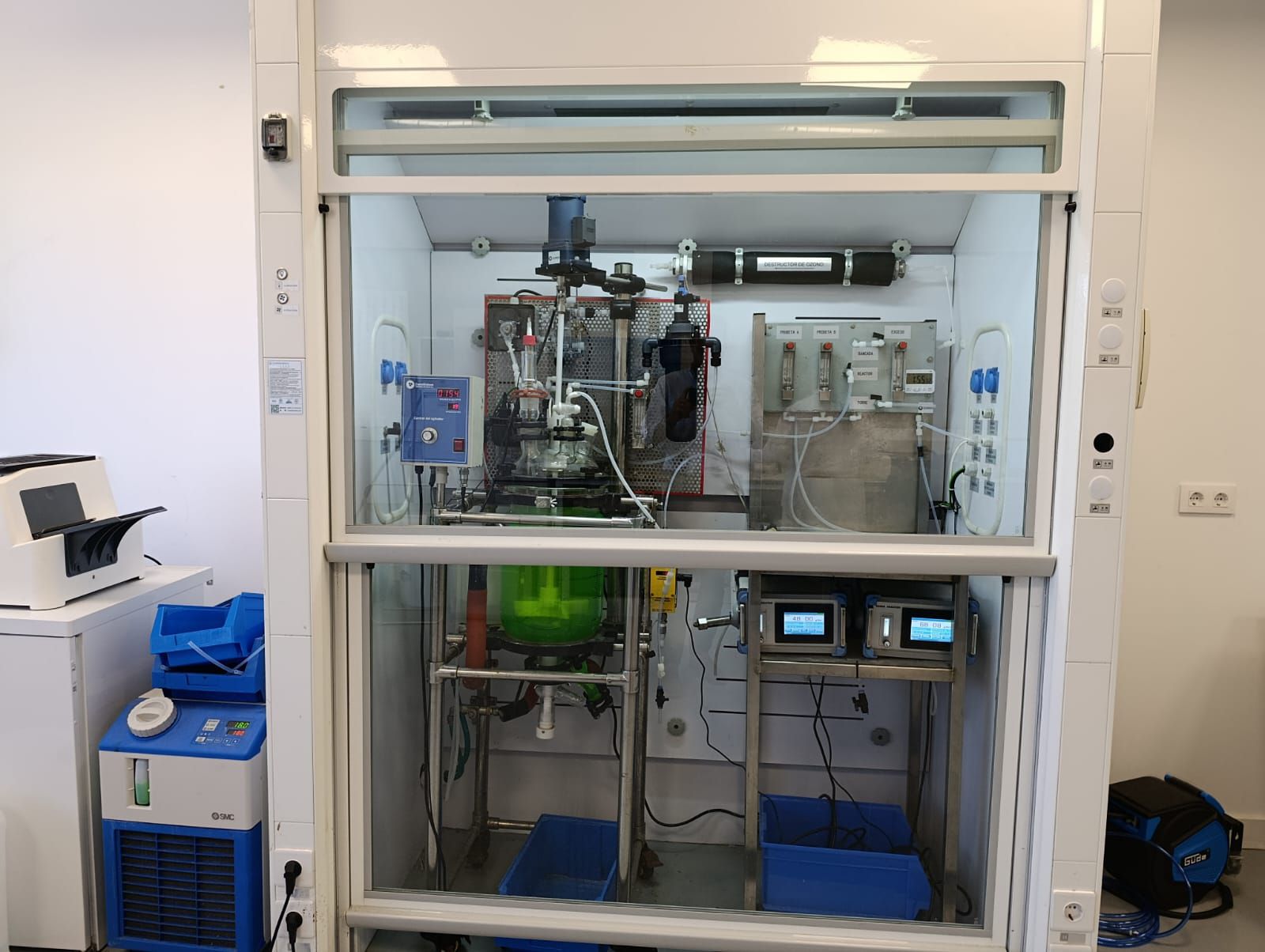
Pilot Testing Process
At ZonoSistem, we offer our Level 1 pilot testing as a cutting-edge service designed to provide a compregensive understanding of ozone's effectiveness in improving water quality. The process begins with the reception of a representative 10-liter sample from the client. A 10-liter reactor is carefully prepared to recreate optimal ozonation cnditions through bubbling and agitation at atmospheric pressure. Continuous monitoring of physicochemical parameters is conducted, and the relationships between dissolved ozone, oxidation-reduction parameters is conducted, and the relationships between dissolved ozone, oxidation-reduction potential, unit transfer dose, and total ozone demand are studied. Samples are taken at differente time intervals ( pH, conductivity, temperature, TDS, TSS, turbidity, color, COD, etc.) Additionally, depending on the type of pilot testing, tests can be performed for surfactants, phenols, toxicity, microbiology, etc.
Finally, a report is generated with al the results to support decision-making for the final project.
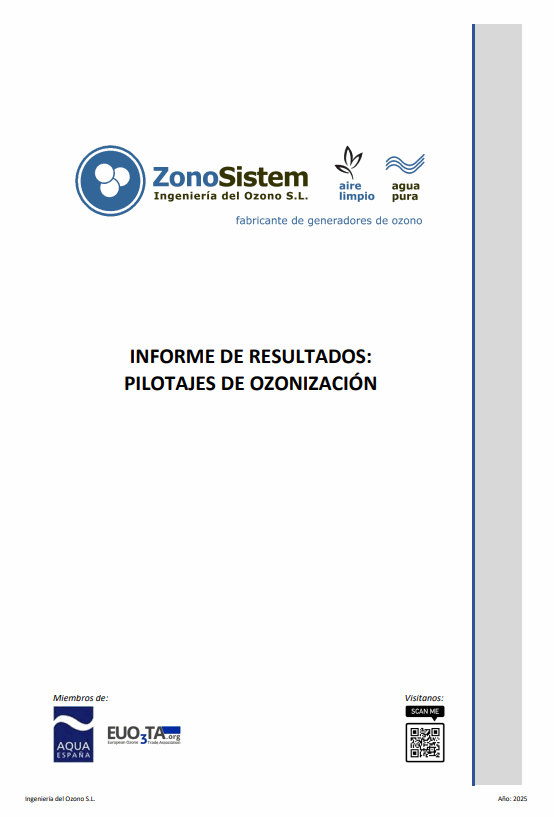
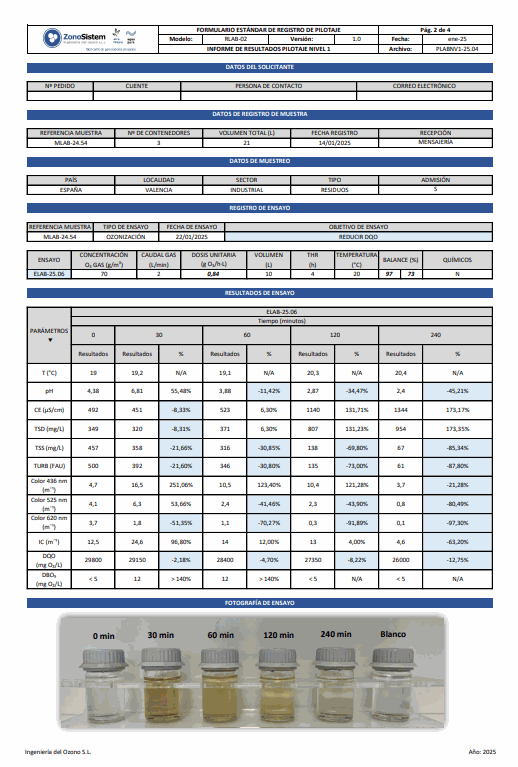
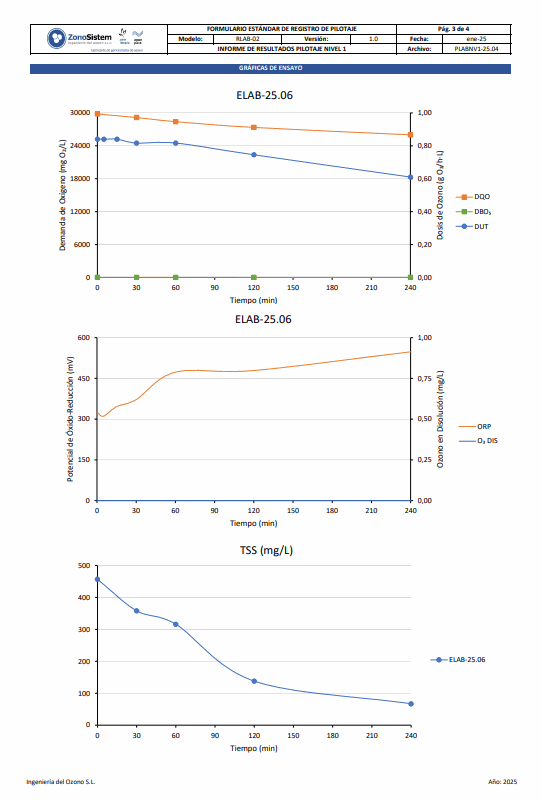
Pilot Test Examples
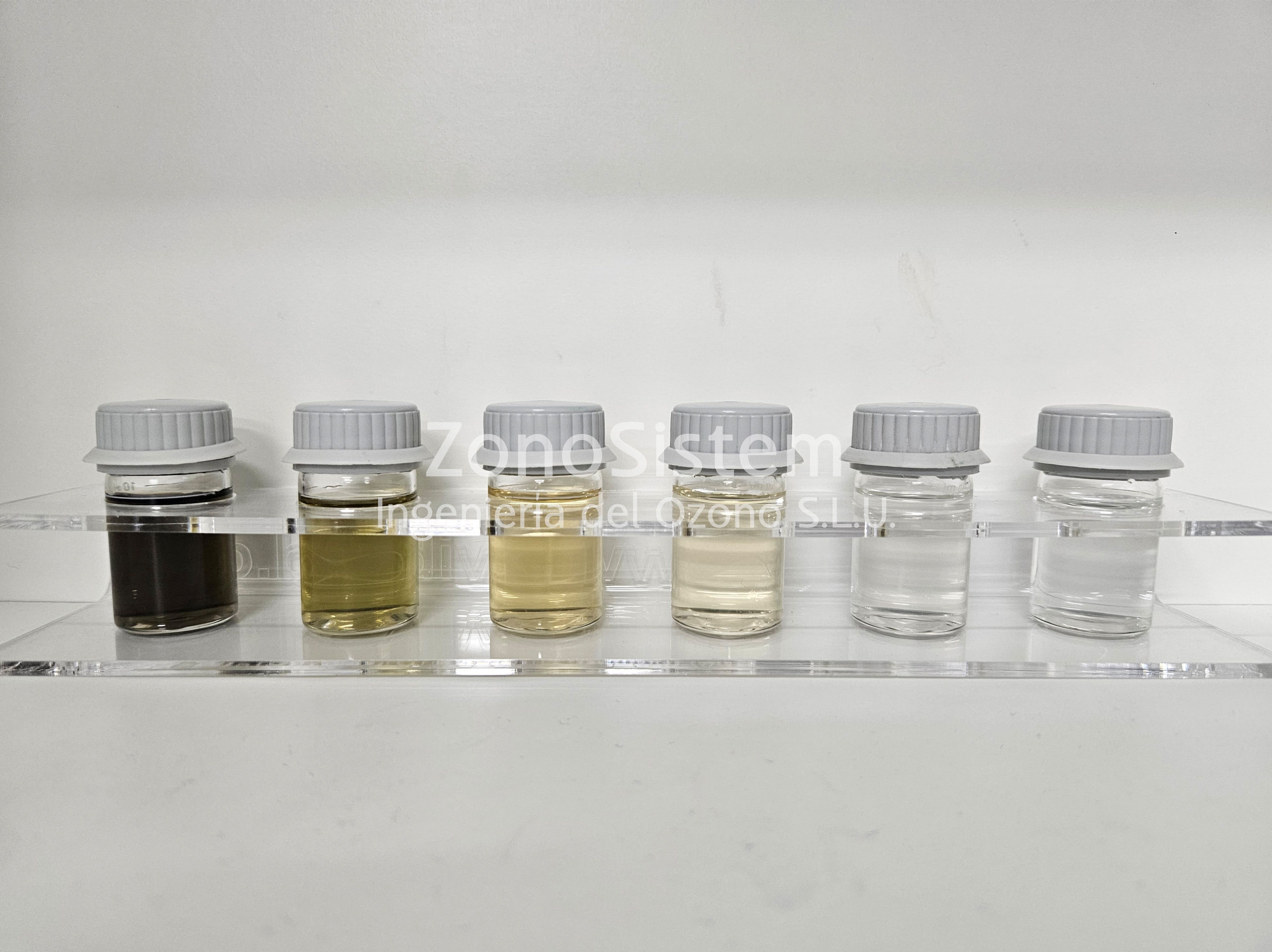
Pilot test for Color and COD reduction
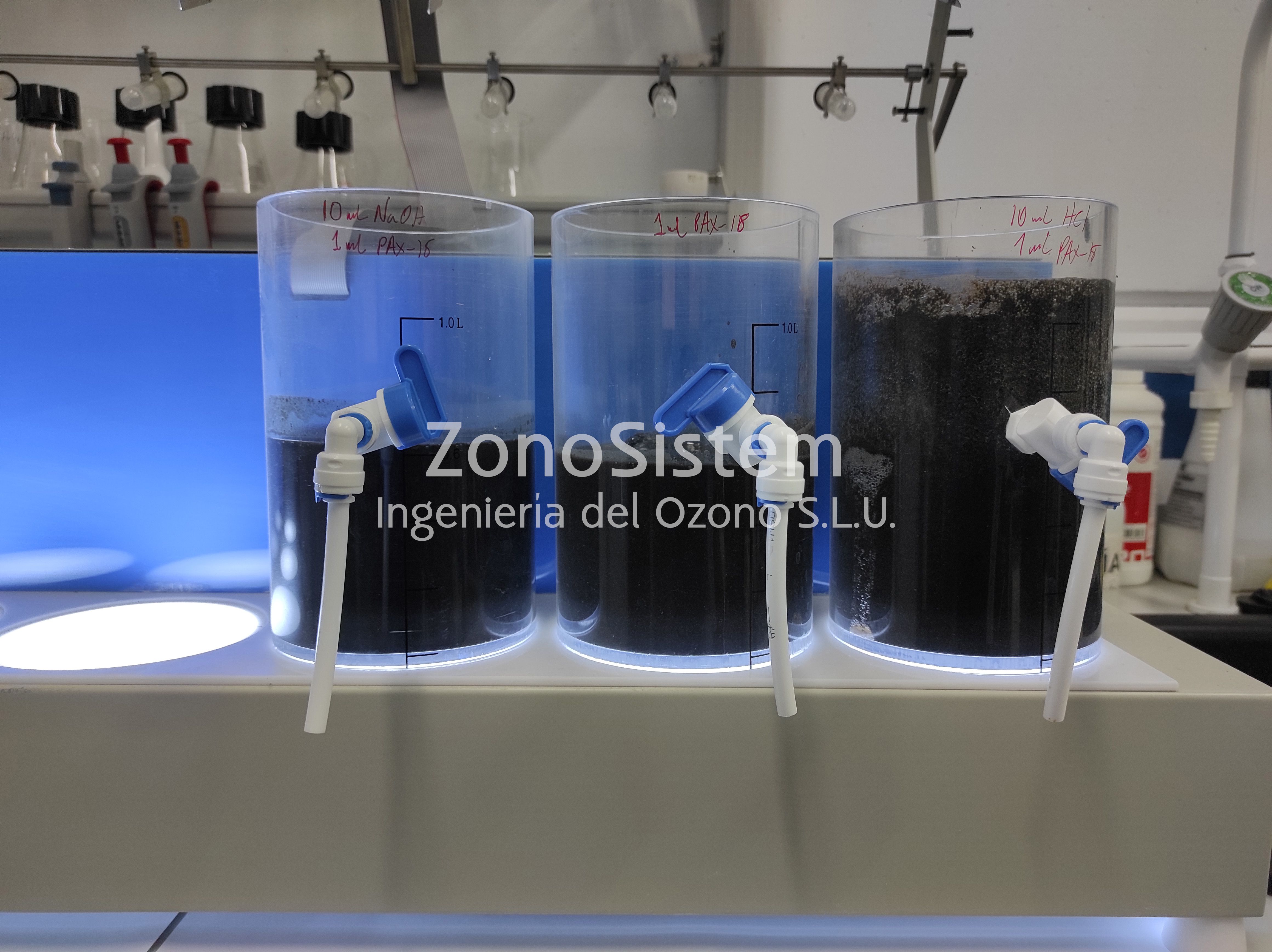
Jar Test Pilot
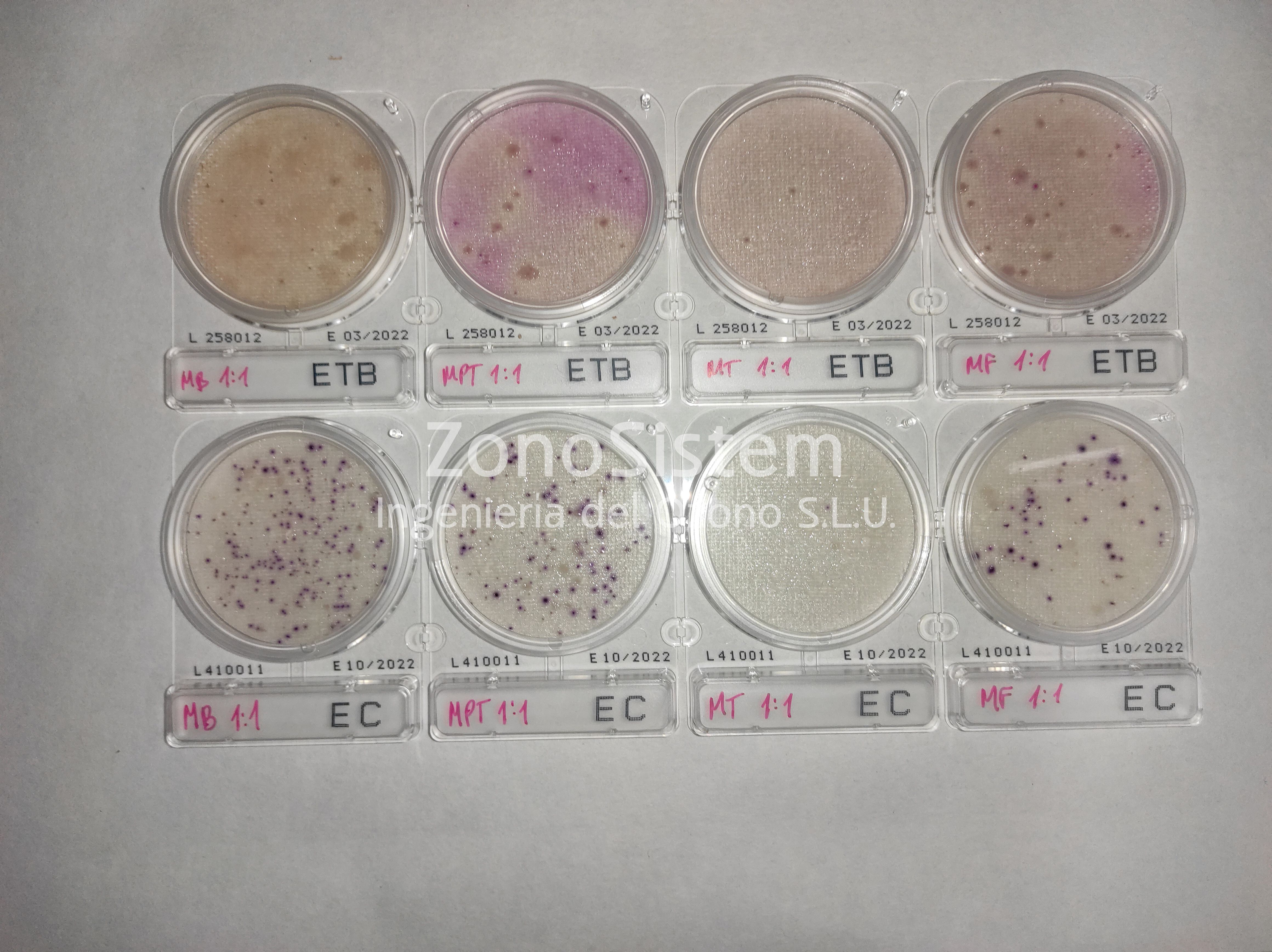
Water Microbiology pilot test
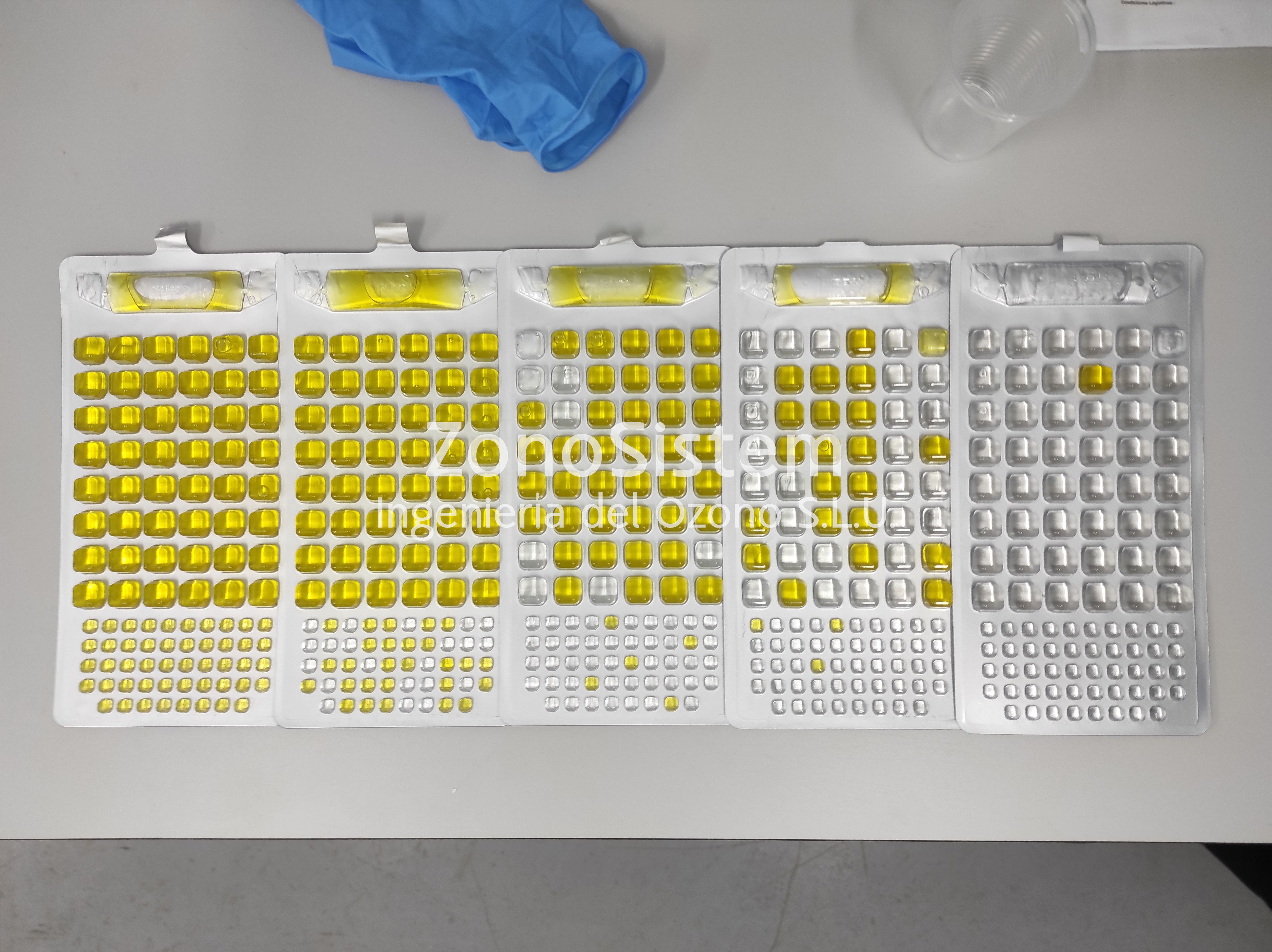
Coliform pilot test
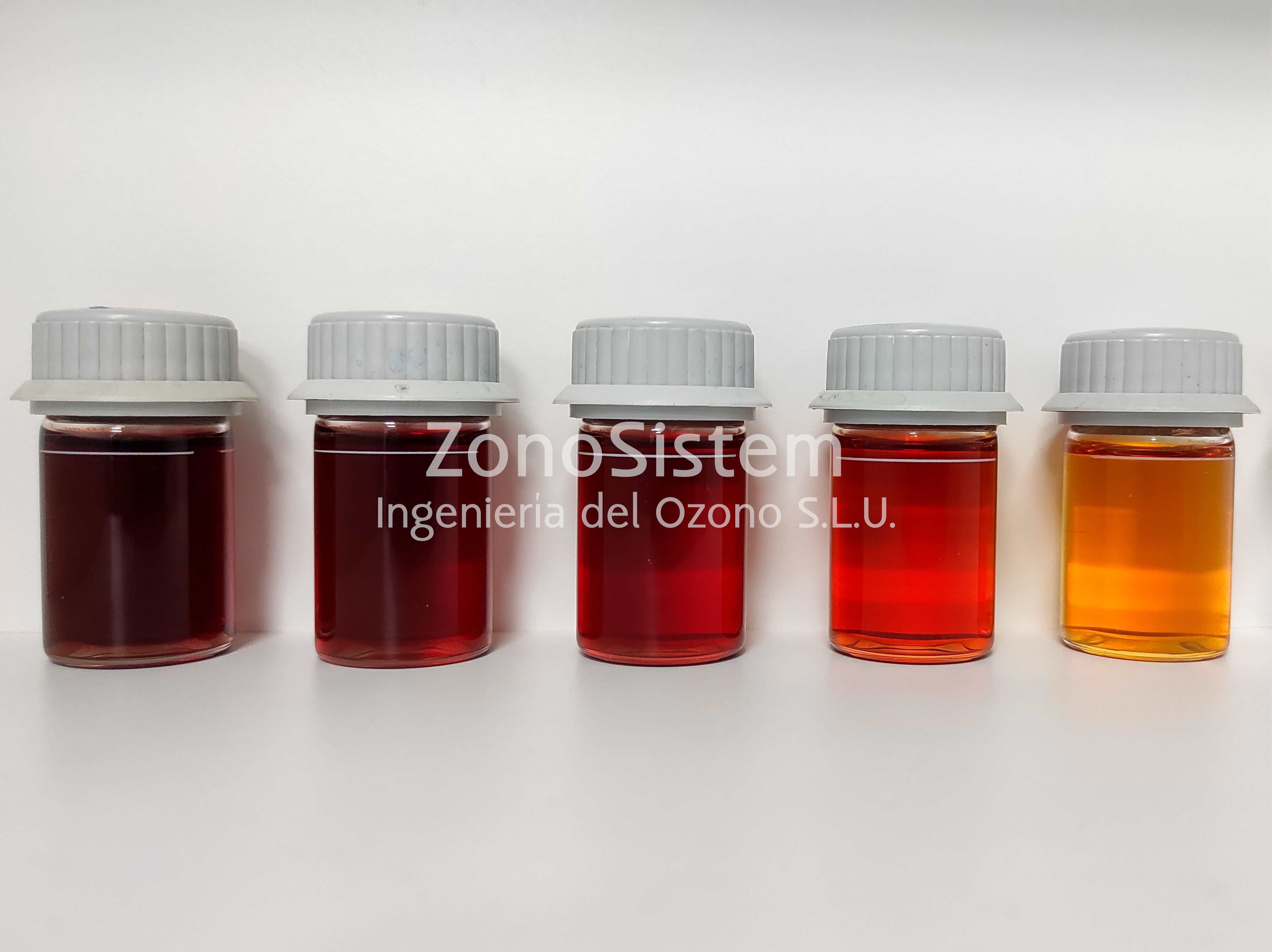
Pilot test for Color and Sulfite reduction


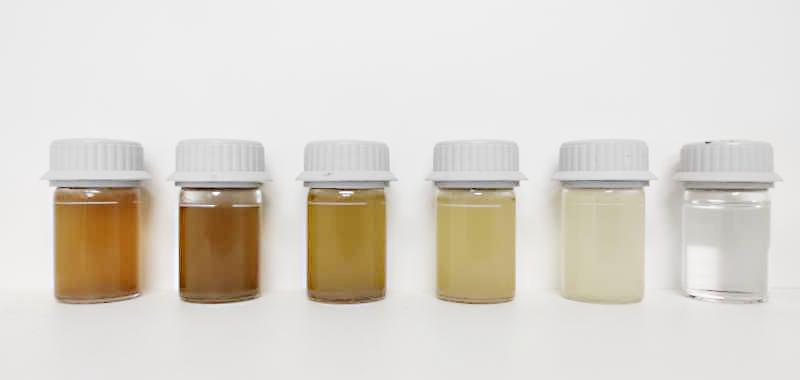.jpg)
